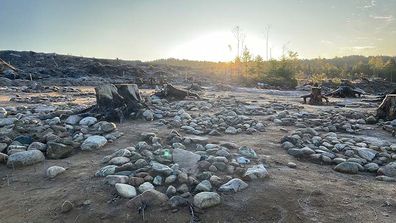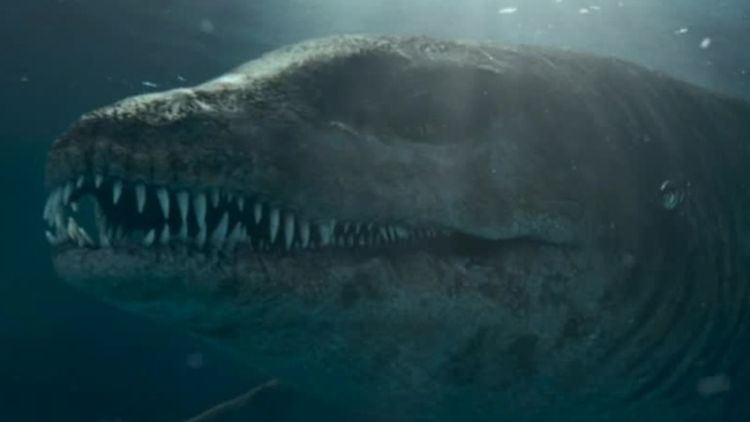
A collection of fossilised bones more than 100 million years old found in Queensland belong to a previously unknown species of ancient flying reptile, new research has revealed.
The bones were unearthed in western Queensland in 2021 by local fossil museum curator Kevin Petersen.
Now, a new study of the bones by Curtin University researchers has determined they belong to a new genus and species of pterosaur - a formidable flying reptile that lived among the dinosaurs.
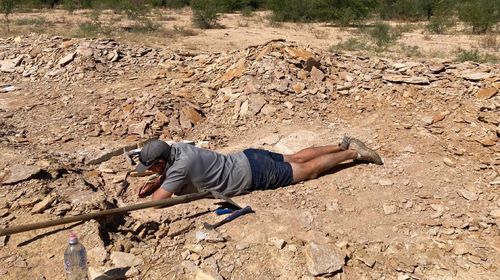
Based on the shape of its skull, the arrangement of its teeth and the shape of the shoulder bone, a research team led by PhD student Adele Pentland, from Curtin's School of Earth and Planetary Sciences, identified the specimen as an anhanguerian.
The anhanguerian is a group of pterosaurs known to have lived across the world, including in what is now Brazil, England, Morocco, China, Spain and the United States.
"With a wingspan of approximately 4.6 metres, Haliskia would have been a fearsome predator around 100 million years ago when much of central western Queensland was underwater, covered by a vast inland sea and globally positioned about where Victoria's southern coastline is today," Pentland said.
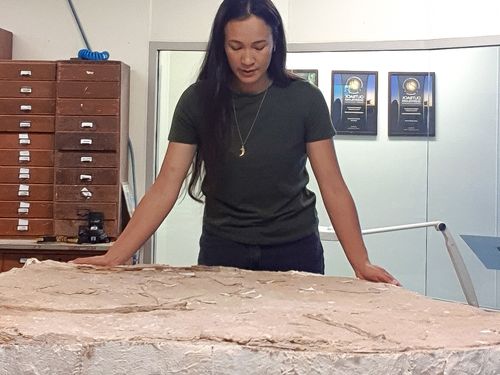
Ancient stone circles covered sad secret in Norway
The specimen is 22 per cent complete, making it the most complete specimen of a pterosaur discovered in Australia to date.
"The specimen includes complete lower jaws, the tip of the upper jaw, 43 teeth, vertebrae, ribs, bones from both wings and part of a leg," Pentland said.
"Also present are very thin and delicate throat bones, indicating a muscular tongue, which helped during feeding on fish and cephalopods."
The pterosaur remains are set to go on display at Petersen's museum, the Kronosaurus Korner in north-west Queensland, alongside a number of significant marine fossil specimens.
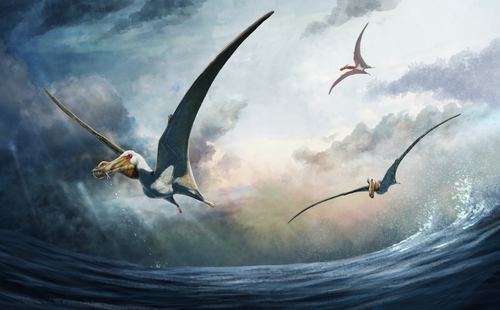
Petersen said the discovery was an exciting boost for science, education and regional tourism.
"I'm thrilled that my discovery is a new species, as my passion lies in helping shape our modern knowledge of prehistoric species," he said.

